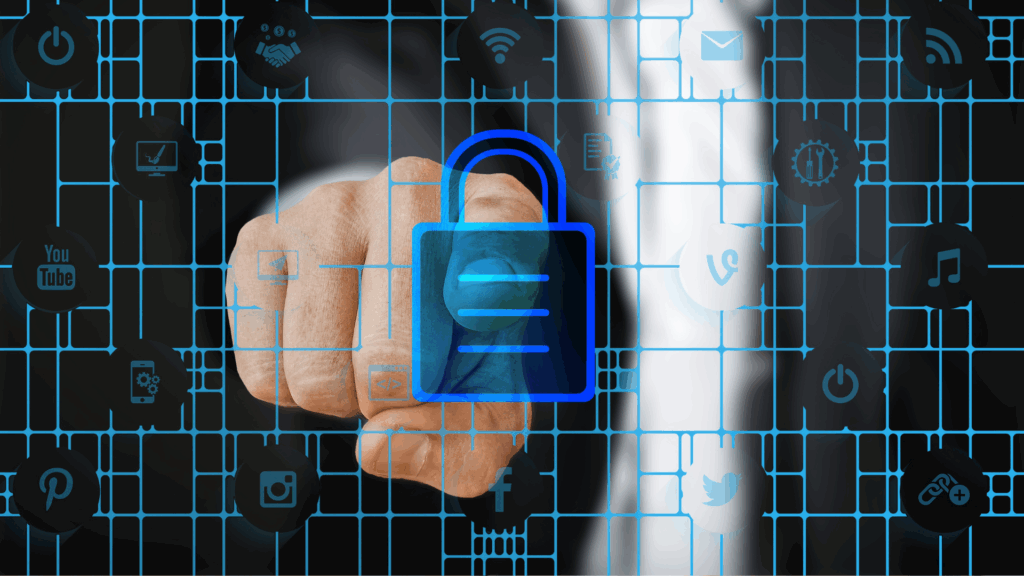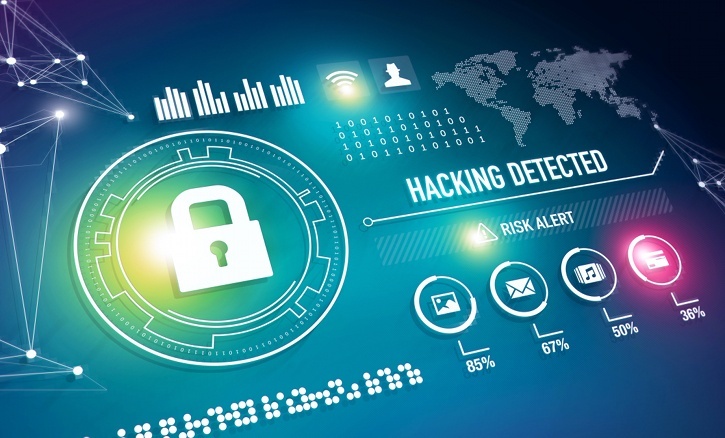What is a Secure Enclave? Why It’s the Future of BYOD Security

The way we work has changed. Personal devices are now a staple of the modern workforce – especially for contractors, remote employees, and offshore teams. But as organizations embrace Bring Your Own Device (BYOD) policies, the need to protect sensitive data and applications on unmanaged endpoints has never been more critical.
In addition, as organizations increasingly depend on contractors – major data breaches including Target via an HVAC contractor, EPAM’s malware attack on Snowflake, and M&S’s helpdesk compromise.
Personal or Unmanaged Endpoints Serve as the Weakest Link
In 2025, Marks & Spencer experienced a significant disruption after a contractor from Tata Consulting was targeted in a cyberattack. The attacker gained access through the contractor’s personal device, compromising internal systems and exposing sensitive customer data.
A few months later, a contractor working for the Texas Health Department used an unmanaged device to improperly access the protected health information of over 60,000 individuals. The incident raised serious concerns about how easily regulated data can be mishandled outside of IT’s scope of control.
These are not isolated events – they are symptoms of a growing challenge.
As organizations expand their use of contractors, consultants, and remote employees, sensitive data is increasingly accessed on personal devices that IT teams don’t own or manage. Traditional security models like virtual desktops, MDM, or VPNs weren’t built for this world – and the cracks are starting to show. Why? Because these solutions force compromise and change management – and when users meet friction, shadow IT practices begin to occur.
That’s why secure enclave technology is emerging as the modern solution.
What Is a Secure Enclave?
At its core, a secure enclave is an isolated environment on a device – typically a personal computer – where business applications and data can operate securely and independently from the rest of the system. Think of it as a secure container: encrypted, isolated, and protected from exfiltration, external threats or access from unauthorized networks – even if the underlying device is compromised.
Unlike traditional endpoint security and VDI/DaaS solutions, secure enclaves provides:
- Local Data and App Access – Data and apps are stored and run locally on the user’s PC or Mac – unlike VDI that hosts apps and data remotely, routing every click and keystroke from the endpoint to a data center – and then back to the endpoint.
- Data Isolation – Business apps and files are separated from personal activity.
- Encryption at Rest and in Transit – Sensitive data stays encrypted and protected throughout the work session.
- Policy Enforcement – Corporate controls and compliance rules are enforced automatically within the enclave.
- No Full Device Management – Secure enclaves are designed to manage data and apps – not devices. Traditional endpoint security solutions require full device enrollment which can create a host of privacy concerns – and is typically utilized on managed devices only.
Secure enclave technology proves a powerful model – especially for securing work on devices IT doesn’t own or control.
Why Secure Enclave Technology is Built for BYOD
In the past, IT teams relied on complex remote hosting or virtualization solutions like Citrix VDI, AVD, or AWS to maintain control of remote sessions. But these tools create friction with IT teams and end-users alike. They’re expensive, heavy, and slow – often creating poor user experiences that frustrate workers and strain IT resources.
Secure Enclave Technology Flip That Model on its Head.
Instead of hosting a remote desktop in the cloud, secure enclave technology allows business applications to run locally on the device, but within a tightly controlled and secure boundary. That means:
- No virtual desktop to maintain
- No hosting infrastructure to scale
- No performance hit for bandwidth-heavy apps
It’s the ideal solution for contractors and employees using their own computers — combining the flexibility of BYOD with the control and compliance IT needs.
Why Local Execution Matters
One of the biggest advantages of secure enclave technology is local execution. Business applications – from Zoom and Teams to ERP platforms like SAP, CAD tools, and dev environments – can run at full performance (no lag or latency), locally and natively on the user’s device.
Compare that to VDI or DaaS:
- Real-time communication tools like VoIP suffer from latency – especially on unreliable networks
- Graphic-intensive apps lag due to video compression
- Developer tools break due to lack of native hardware access
Even emerging alternatives to VDI like enterprise browsers fall short, because many of these apps aren’t browser-based to begin with. They’re installed. They’re local. And they demand full native performance.
Secure enclave technology delivers that — without sacrificing security and compliance
Conclusion: The Future of Remote Work Security is Secure Enclave Technology
Secure enclave technology is quickly becoming the most effective and scalable way to secure business apps and data on unmanaged devices.
Why?
Because they:
- Isolate and encrypt sensitive work activity
- Allow local execution for installed apps
- Eliminate the need for VDI, DaaS, or enterprise browsers
- Support a seamless user experience without compromising control
In a world where remote work is the norm and BYOD is the reality, secure enclave technology offers a smarter path forward – one that puts performance, security, and simplicity in perfect balance.
Ready to learn more about secure enclave technology?
Request a demo and see how you can simplify remote work security with Venn.
More Blogs



